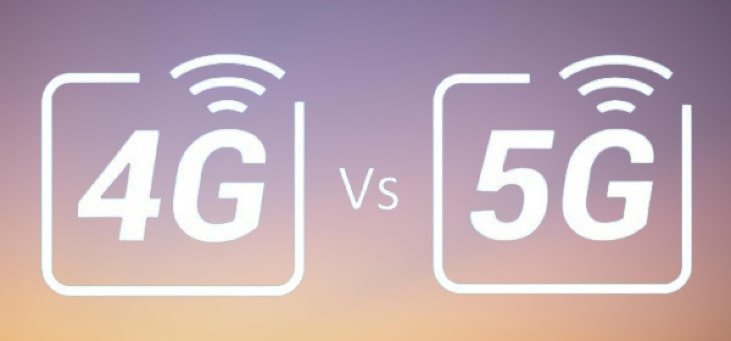Stay with us as we geek out a little in this essay to properly explain why 5G will be so much more reasonable than 4G.

Consider the advent of the app-powered smartphone, which is now a part of our daily lives, built on the data and application technologies brought by 3G in the early 2000s. The 4G network is responsible for much of 5G’s promise of ultra-fast speeds, great reliability, and minimal latency.
As a result, the initial phase of the 5G network is effectively a 4.5G network that enhances the current capabilities of the 4G network.
5G has more capabilities.
Currently, 4G LTE (Long Term Evolution) technology can only operate in lower frequency bands, up to 6GHz, whereas 5G radio bands will range from 30GHz to 300GHz1.
It’s a significant step forward that will alter how we utilize our mobile devices. We’ll see significant speed increases and support for big data transfers because 5G can run at such a high frequency. Not only that, but because 5G is a new technology, it may be able to free up bandwidth that is currently used by existing devices.
What about the rate?
This is where 5G has a significant advantage over 4G.
5G is expected to reach speeds 20 times faster than 4G LTE1 in principle. 4G LTE offers a peak speed of 1 gigabit per second, whereas 5G may possibly reach 20 gigabits per second. Of course, these are ‘peak speeds,’ and we’ll have to wait and see how 5G performs in the real world once it’s available.
However, where your 4G network might currently give 10 megabits per second, 5G might potentially provide 100 megabits per second on a daily basis.
5G versus 4G
When 5G devices become available, you may wonder why you should upgrade.
To begin with, you’ll be able to perform anything you can now, but considerably faster and more consistently. Australia’s 4G network is now overburdened. The network is being slowed down by all of these gadgets fighting for capacity.
Up to a million devices per square kilometer3 could be supported by 5G. Because it’s so much more stable, you won’t have to worry about dropped connections or how many devices you have linked to the network.
Expect no revolutionary changes at first, but you can expect to accomplish whatever you’re doing today with increased speed, lower latency, and higher connection stability.
4G did not succeed in replacing 3G, and 5G will not succeed in replacing 4G.
4G will provide critical support for 5G networks and serve as a link between large cities. 4G will continue to provide coverage in Australia’s less populous areas. Telstra and Optus have previously proved that 4G and 5G networks can coexist with their first-phase 5G rollout plans.
Because nearly every modern phone is 4G capable, the majority of users will have no problems. 4G will become the new standard everywhere, providing a superb level of minimum service for those living in more rural locations.


